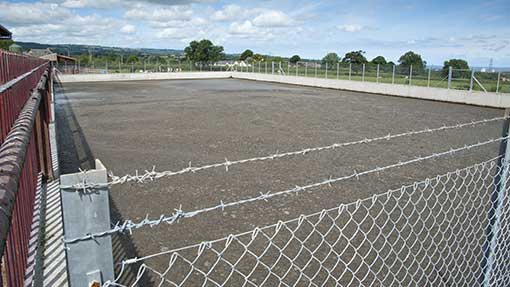How to prevent slurry stores overflowing

Farmers facing slurry storage shortages are being advised to contact the Environment Agency to discuss emergency measures for slurry spreading or temporary storage options.
Local EA officers are assessing situations on a case-by-case basis and will advise farmers on what actions they can take.
Possible alternatives may include identifying a temporary store in the area to take excess slurry, spreading on low-risk land that is accessible and away from water, or spreading at low rates to prevent stores from overtopping.
See also: latest flooding news
NFU water policy adviser Nicola Dunn says farmers unable to get on land are facing “difficult decisions”. “If you have no capacity left and cannot avoid spreading when you think there is a risk of slurry washing off or leaching, or you will breach an NVZ condition, you should contact the Environment Agency as soon as possible to discuss your options.”
Recent guidelines published by the EA suggest the following points will be considered as part of the assessment when spreading is unavoidable. Slurry must only be spread on land that presents the lowest risk. This means the land:
- Has an average slope less than 3deg
- Does not have effective land drains
- Has not been pipe drained, mole drained or subsoiled in the past 12 months
- Does not have a shallow soil above fissured rock
- Has a sufficient depth and suitable type of soil above groundwater to prevent pollution
- Is not within a designated groundwater Source Protection Zone 1
- Is at least 20m from surface water and at least 50m from springs, wells and boreholes where groundwater is used for human consumption
- Does not have compacted soil or a soil surface that is capped.
Slurry should only be spread thinly and widely at an application rate not exceeding 20cu m/ha.
For your local EA officer, call 03708 506 506. Out of hours, or in an emergency, call the incident hotline on 0800 80 70 60.
